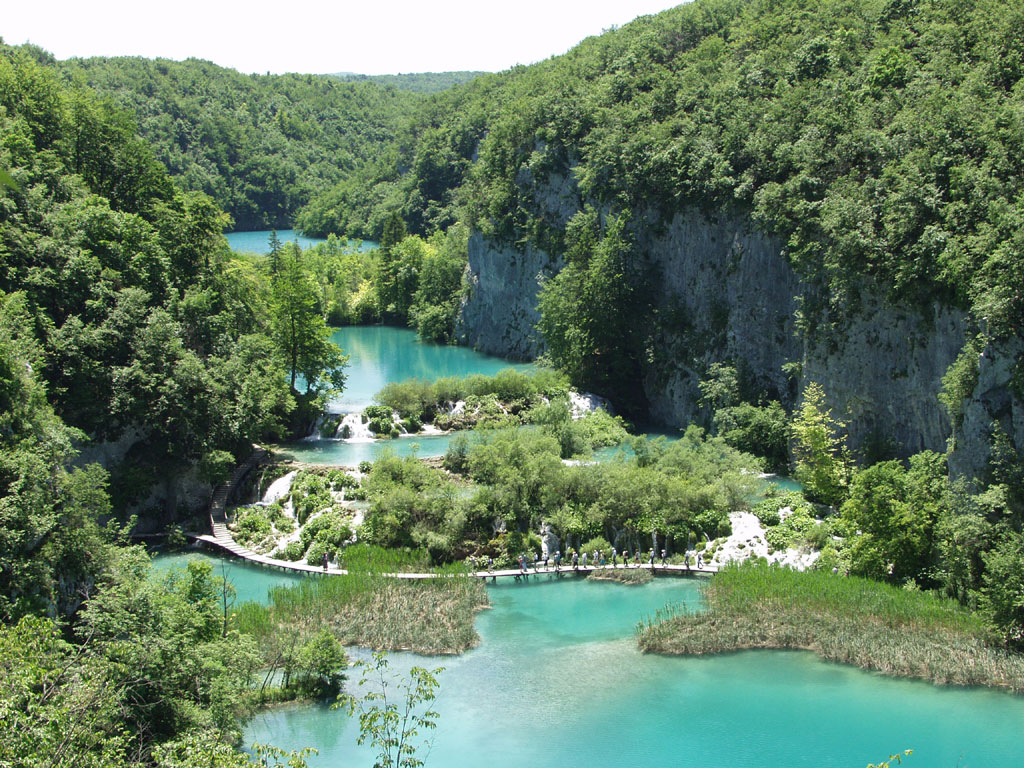This National Park has earned its place on the UNESCO World Heritage List, blessed as it is with the special natural beauty of a string of gorgeous lakes and waterfalls. The opportunity to experience a unique moment in these natural galleries should not be missed. Step into one of the ecologically best-preserved parts of Europe. Plitvice Lakes, a natural site recognized by UNESCO.
2019 Plitvice Lakes Entrance Tickets update: Tickets must now be booked online more than 2 days in advance. If you turn up on the day and all the allocated tickets for that day are sold out, you won’t be able to enter. Please do buy your tickets online as early as you can to ensure that you can go on the day you want. Many of our day tours or escorted tours already include the tickets, so this link is just for people who are travelling on their town.
Buy Plitvice Lakes Entrance Tickets online: https://ticketing.np-plitvicka-jezera.hr/Index.aspx?l=EN
The national park is world-famous for its lakes arranged in cascades. Currently, 16 lakes can be seen from the surface.
The lakes are renowned for their distinctive colors, ranging from azure to green, grey or blue. The colors change constantly depending on the quantity of minerals or organisms in the water and the angle of sunlight.
Through different climatic influences and the large difference in elevation within the protected area, a multifaceted flora and fauna has been created. The national park area is home to many endemic species. Those species that prevailed at the lakes before the arrival of man still exist.
These lakes are a result of the confluence of several small rivers and subterranean karst rivers. The lakes are all interconnected and follow the water flow. They are separated by natural dams of travertine, which is deposited by the action of moss, algae, and bacteria. The particularly sensitive travertine barriers are the result of an interplay between water, air and plants. The encrusted plants and bacteria accumulate on top of each other, forming travertine barriers which grow at the rate of about 1 cm (0.4 in) per year.
The 16 lakes are separated into an upper and lower cluster formed by runoff from the mountains, descending from an altitude of 636 to 503 m (2,087 to 1,650 ft) over a distance of some eight km, aligned in a south-north direction. The lakes collectively cover an area of about two square kilometres (0.77 square miles), with the water exiting from the lowest lake forming the Korana River.
A visit to Plitvice Lakes is not to be missed, especially if this is your first visit to Croatia. A spectacular natural sight awaits you.

